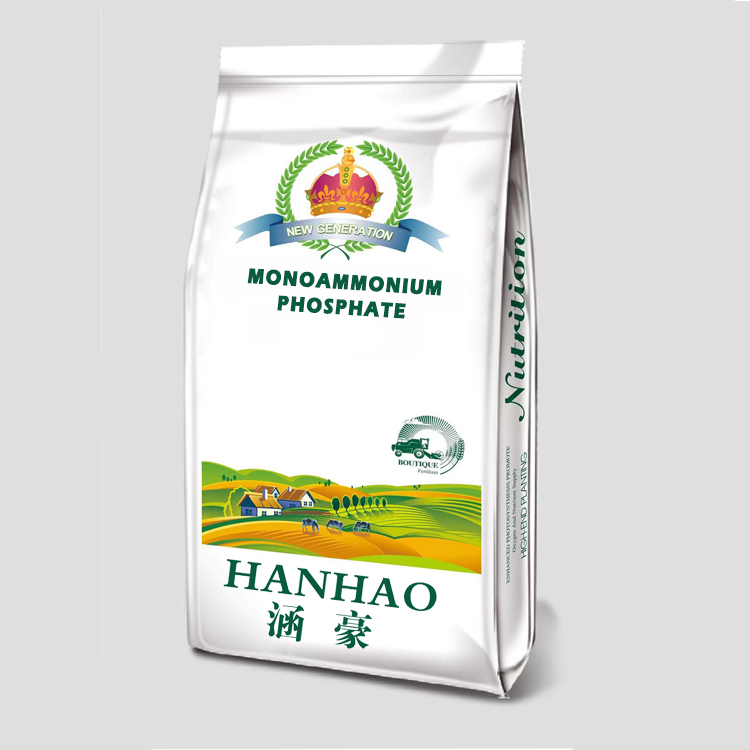
Aug . 10, 2024 08:30 Back to list
Trends and Forecasts for Muriate of Potash Prices in Global Markets
The Price of Muriate of Potash Trends and Implications
Muriate of Potash (MOP), chemically known as potassium chloride (KCl), is a critical fertilizer in modern agriculture, primarily used to supply potassium, an essential nutrient for plant growth. As global agricultural demands continue to rise, understanding the trends in the price of MOP and their implications becomes increasingly important for farmers, agribusinesses, and policymakers.
Current Trends in MOP Prices
Over the past few years, the price of MOP has experienced significant fluctuations due to a variety of factors. Following a substantial increase in 2021, influenced by high demand and supply chain disruptions caused by the COVID-19 pandemic, MOP prices reached record highs. In early 2022, MOP prices soared to over $600 per metric ton, reflecting both rising demand and geopolitical tensions, including the impact of the conflict in Ukraine which disrupted fertilizer supplies globally.
However, by late 2022 and into 2023, prices began to stabilize and even decline slightly. This shift was mainly due to improved supply conditions as producers ramped up output and logistics began to normalize. Fertilizer prices, including MOP, often correlate with global agricultural commodity prices, leading to some volatility based on market conditions.
Factors Influencing MOP Prices
Several key factors influence the price of Muriate of Potash
1. Supply and Demand Dynamics The basic economic principle of supply and demand plays a crucial role in determining MOP prices. As global food demand continues to rise, largely driven by population growth and changing diets, the need for potassium fertilizers remains elevated. Conversely, if production levels increase significantly or if there are advancements in agricultural practices that reduce fertilizer dependence, prices may stabilize or decrease.
price of muriate of potash

2. Geopolitical Factors Events such as trade disputes, sanctions, and conflicts can disrupt supply chains. In recent years, the war in Ukraine has had profound effects on both energy and fertilizer markets, causing prices to surge. Political stability in key exporting countries plays a vital role in maintaining consistent supply levels.
3. Production Costs The cost of extraction and production of MOP is another significant factor. Factors such as energy prices, labor costs, and regulatory requirements can all impact the cost of producing MOP. In periods of high energy costs, production could become more expensive, thereby affecting market prices.
4. Technological Advances Innovations in agricultural technology, such as precision farming and more efficient fertilizer use, can lead to decreased demand for MOP, impacting its price. Additionally, advancements in alternative fertilizers could shift strategies, influencing traditional markets.
Implications for Agriculture
The price volatility of MOP has direct implications for farmers' profitability and food security. When prices are high, farmers may struggle to maintain their margins, leading to reduced crop margins and, in some cases, lower production levels. This can create a cycle of food scarcity and increased prices for consumers.
Conversely, when prices stabilize or decrease, it can provide farmers with relief, encouraging them to invest more in their operations or expand their acreage. Policymakers must monitor these trends closely, implementing strategies such as subsidies or support programs to aid farmers during high-price periods.
Conclusion
The price of Muriate of Potash is a reflection of a complex interplay between supply and demand, geopolitical events, production costs, and technological advancements. As agricultural needs grow, understanding these dynamics is essential for maintaining food security and supporting the agricultural sector. Stakeholders must remain vigilant to navigate the challenges posed by price fluctuations and ensure a sustainable future for global agriculture.
-
10 10 10 Fertilizer Organic—Balanced NPK for All Plants
NewsJul.30,2025
-
Premium 10 10 10 Fertilizer Organic for Balanced Plant Growth
NewsJul.29,2025
-
Premium 10 10 10 Fertilizer Organic for Balanced Plant Growth
NewsJul.29,2025
-
Premium 10 10 10 Fertilizer Organic for Balanced Plant Growth
NewsJul.29,2025
-
50 Pound Bags of 13-13-13 Fertilizer for All Plants – Bulk & Organic Options
NewsJul.28,2025
-
High-Efficiency 15-30-15 Granular Fertilizer for Healthy Crops
NewsJul.28,2025
